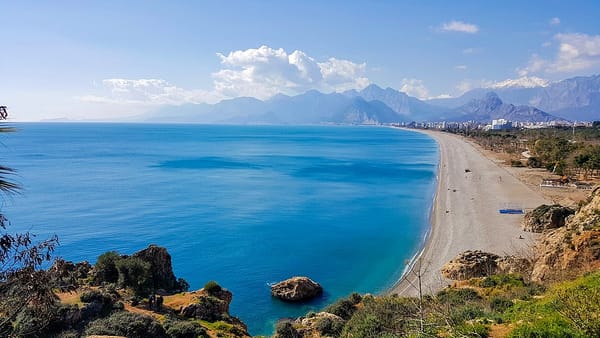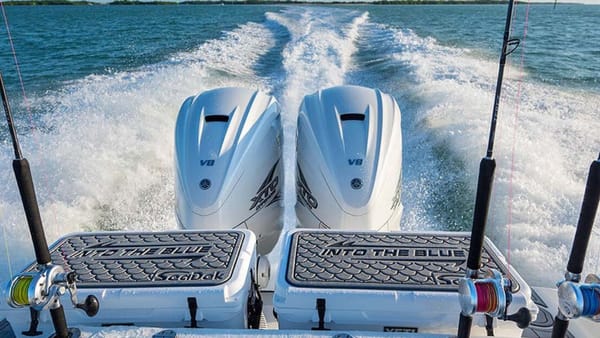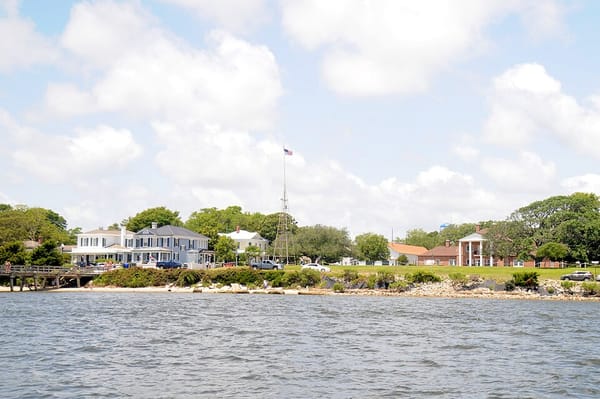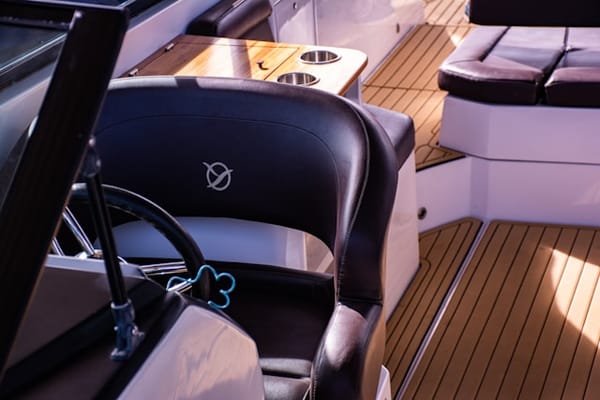Sailing Stats: Parts of a Sailboat
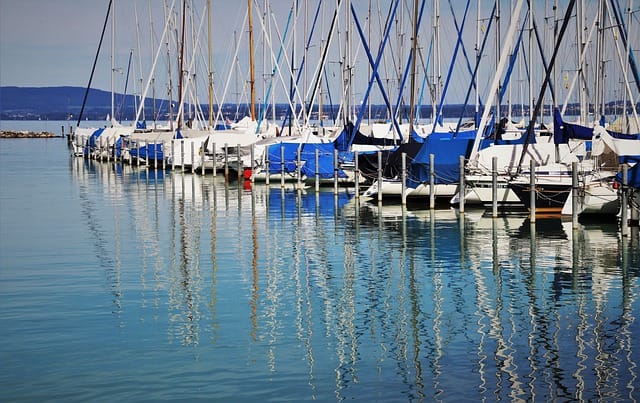
Do you know the difference between a boom and a mast? How about a rudder and a keel? If you’re a sailing enthusiast, these are all terms you should know whether you’re sailing into Annapolis, Boston, Bar Harbor or some other sailing destination. Today, we’re going to go over the main parts of a sailboat.
Hull
The hull is the body of the boat. Whether it’s a schooner, sloop, cutter or other type of sailboat or power boat, it has a hull.
Rigging
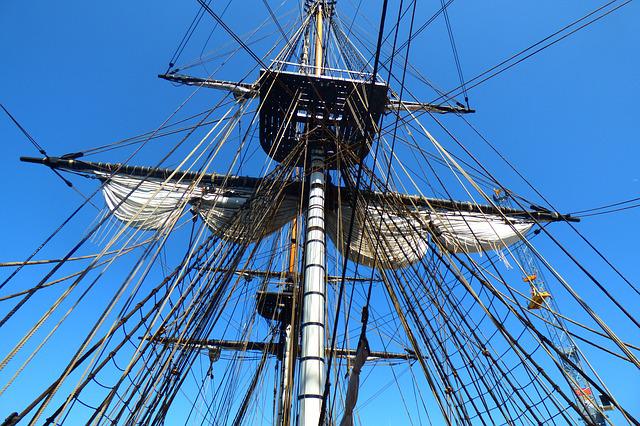
Photo: Pixabay
Rigging refers to the lines (halyards or sheets) and the mainsail, the headsail and other canvas sails on the boat. When you’re relaxing on the dock at a private boat slip rental, all those tall poles and stately sails … that’s rigging. A halyard is the line that goes up the mast to raise and lower the sail. A sheet (line) controls the angle of the sails to the wind.
Kicking Strap
The kicking strap (or boom vang) is the line system that allows you to control the shape of the sail when you put downward force on the boom. It holds down the boom to keep the sail smooth. It goes from the mast base to a third of the way along the boom.
Topping lift
The topping lift is a line/rope that is a part of the sailboat’s rigging. It puts upward force on the boom and is used to hold up a boom when the sail is lowered, such as when you’ve docked at a marina, pier or private boat lift for rent.
Mast
The mast is the vertical pole used to support all the sails and lines just mentioned.
Boom
The boom is the horizontal pole (made of wood or metal) attached to the mast. It’s used to extend the bottom of the mainsail. The main job of the boom is to keep the sail bottom flat when the angle of the sail is away from the center of the boat.
Gooseneck
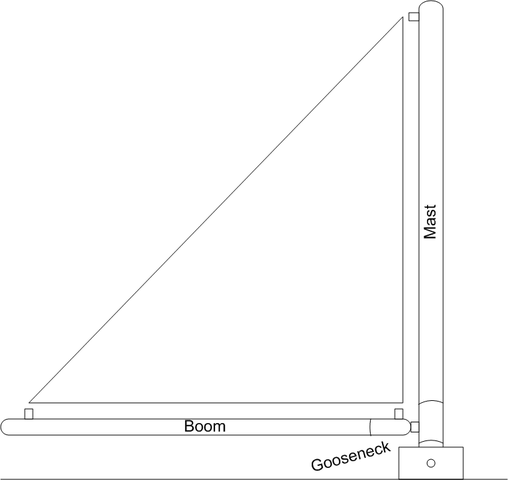
Photo: Wikimedia
The gooseneck is the connection where the boom attaches to the mast. It swivels, allowing the boom to move up and down and side to side.
Keel
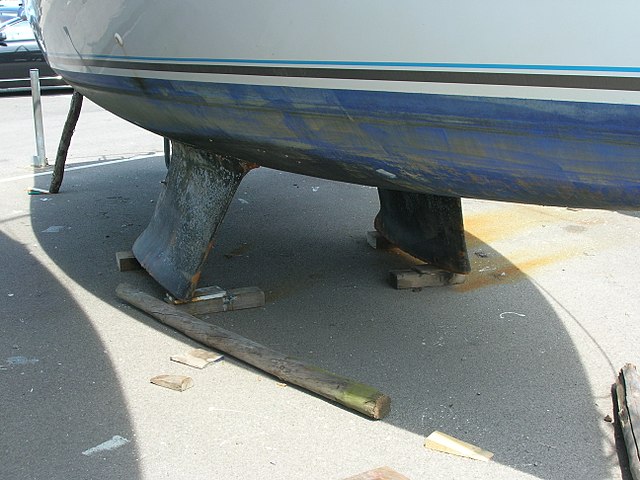
Photo: Bilge Keel (Wikimedia)
The keel is a long slim plank that comes out from the bottom of the hull. It provides stability, holds the ballast of the boat and keeps the boat from going sideways in the water or at the private boat lift rental. The keel and the ballast work together to keep the boat from capsizing.
There are several types of keels:
- Full keels run the length of the sailboat and are completely built into the boat It’s larger and more stable but slower than the fin keel, and it provides a stable and comfortable ride. The full keel is popular with cruisers, liveaboard boats and for use in the ocean.
- Fin keels are smaller and have less water resistance but higher speeds than the full keel. It’s a long and weighted blade attached to the boat bottom. They’re lighter and faster than full keels and often used for racing sailboats.
- Bulb keels are a variety of fin keel. They’re good for stability and cruising. They’re shaped like a bulb or a teardrop, which provides ballast.
- Wing keels are another variant of the fin keel. It’s a fin keel with a horizontal foil at the end, which is also wing-shaped They provide stability, have less crossflow and are good for cruising.
- Bilge keels (pictured above) are used in tidal waters. It has a double fin, so it can stand upright out of the water, allowing it to be beached. This factor makes it easy to keep in dry storage if you don’t have a private boat slip rental. Bilge keels are good for racing.
- Centerboard keels can be retracted. This ability to lower or retract the keel makes the boat less likely to run aground in shallow water or at a private boat slip for rent. It also makes it easier to trailer your boat. The centerboard keel is a great for offshore sailing.
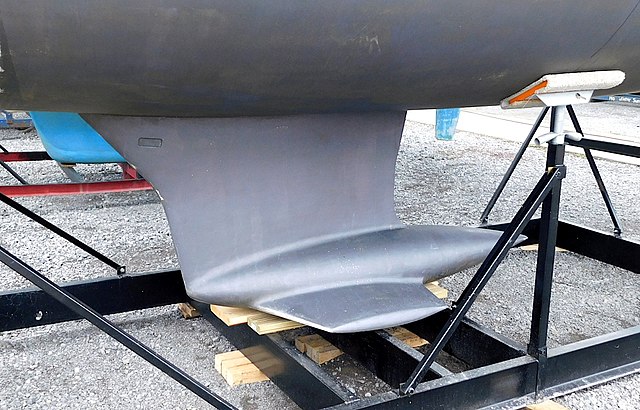
Photo: Winged Keel (Wikimedia)

Photo: Centerboard Keel (Wikimedia)
Rudder
The rudder is the control that steers the boat. Think of it as an underwater steering board. It’s a vertical blade that’s attached to the flat surface at the back of the boat or under the boat. A steering wheel or tiller is used to turn it.
The next time you’re hanging out at the local pier or a private boat dock for rent, see if you can recognize the main parts of a sailboat. Let us know how you do!
